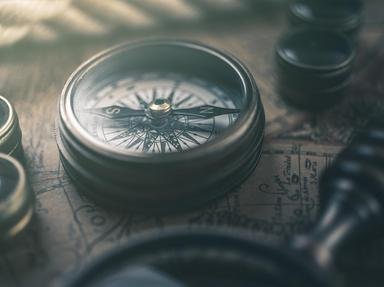Quiz Answer Key and Fun Facts
1. The world's last grand duchy has ancient tunnels under its capital. With the Ardennes to the north and the Moselle river to the southeast, the landlocked country abuts another "L"-land, the historical region of Lorraine.
2. Sitting on the Baltic Sea at the edge of North European Plain, this republic's glacier-smoothed landscape has its tallest point at Aukstojas Hill in the southeast, a mere 294 meters (965 feet) above sea level. (It has less Baltic coastline the other Baltic states.)
3. This West African global biodiversity hotspot of mangroves and swamps was created to repatriate free people of color "back" to Africa (though most of them had never been there before).
4. Famous since ancient times for its cedar trees, this small Mediterranean land is actually named for its snow-capped white mountains.
5. Formerly a kingdom in central Africa, this vanished land was one of three major pre-colonial states that emerged along the southern fringes of the Congo Basin.
6. This tropical, narrow country was also once a powerful kingdom. It is covered with inhospitable, forest-covered mountains. There is no sea coast, either, though there is a very important river.
7. Home to the largest proven oil reserves in Africa, this arid land is almost entirely bare rock and sand, with the odd oasis.
8. On the eastern shore of the Baltic Sea sits a forested county, with the river Daugava running down the middle and its capital resting on the shore of an eponymous gulf. (Don't confuse it with its fellow Baltic state with an inland capital!)
9. An enclave surrounded by South Africa, this compact kingdom is cooled by high elevation. In fact, it's the highest country in the world, with the "highest lowest point" of any county, too.
10. Let's end with the tiniest country that starts with the letter "L". In fact, it's the 6th tiniest country in the world! And doubly-landlocked!
Source: Author
gracious1
This quiz was reviewed by FunTrivia editor
agony before going online.
Any errors found in FunTrivia content are routinely corrected through our feedback system.

